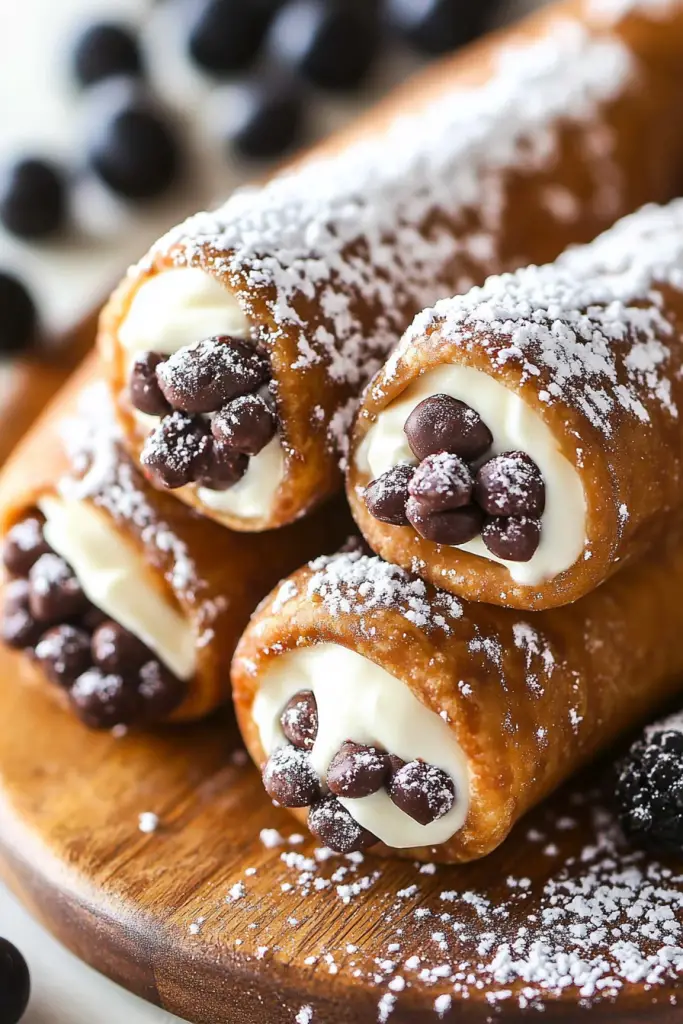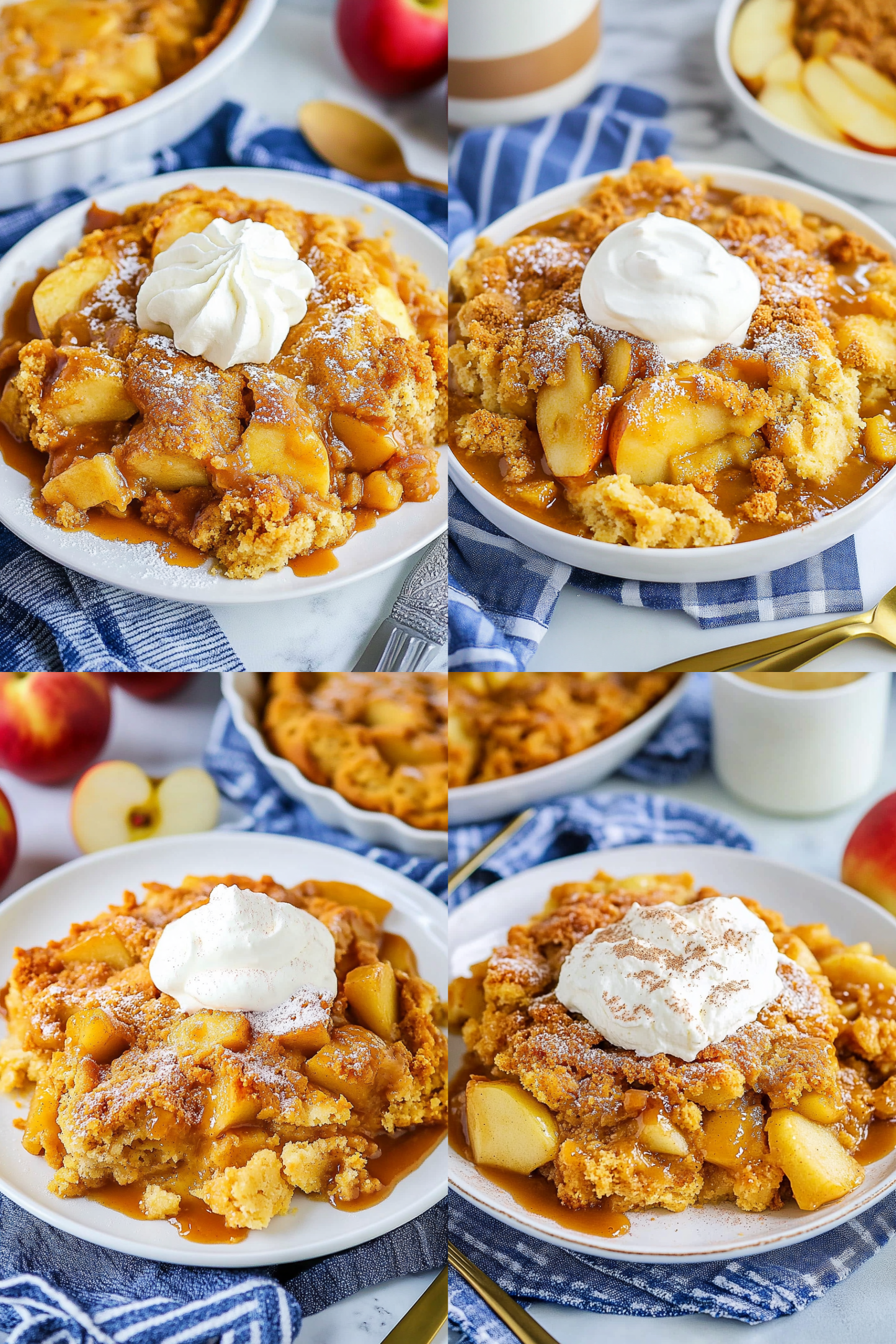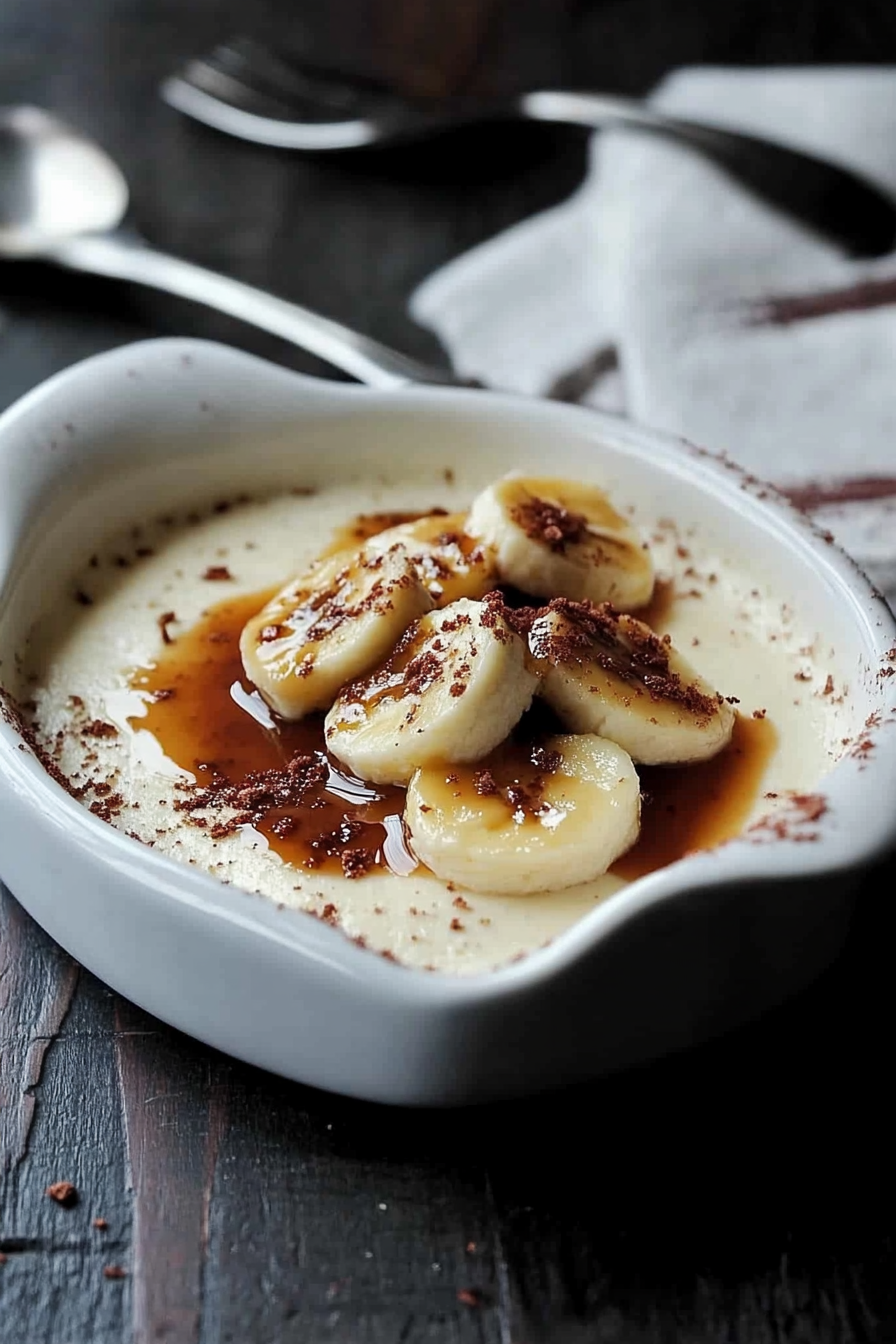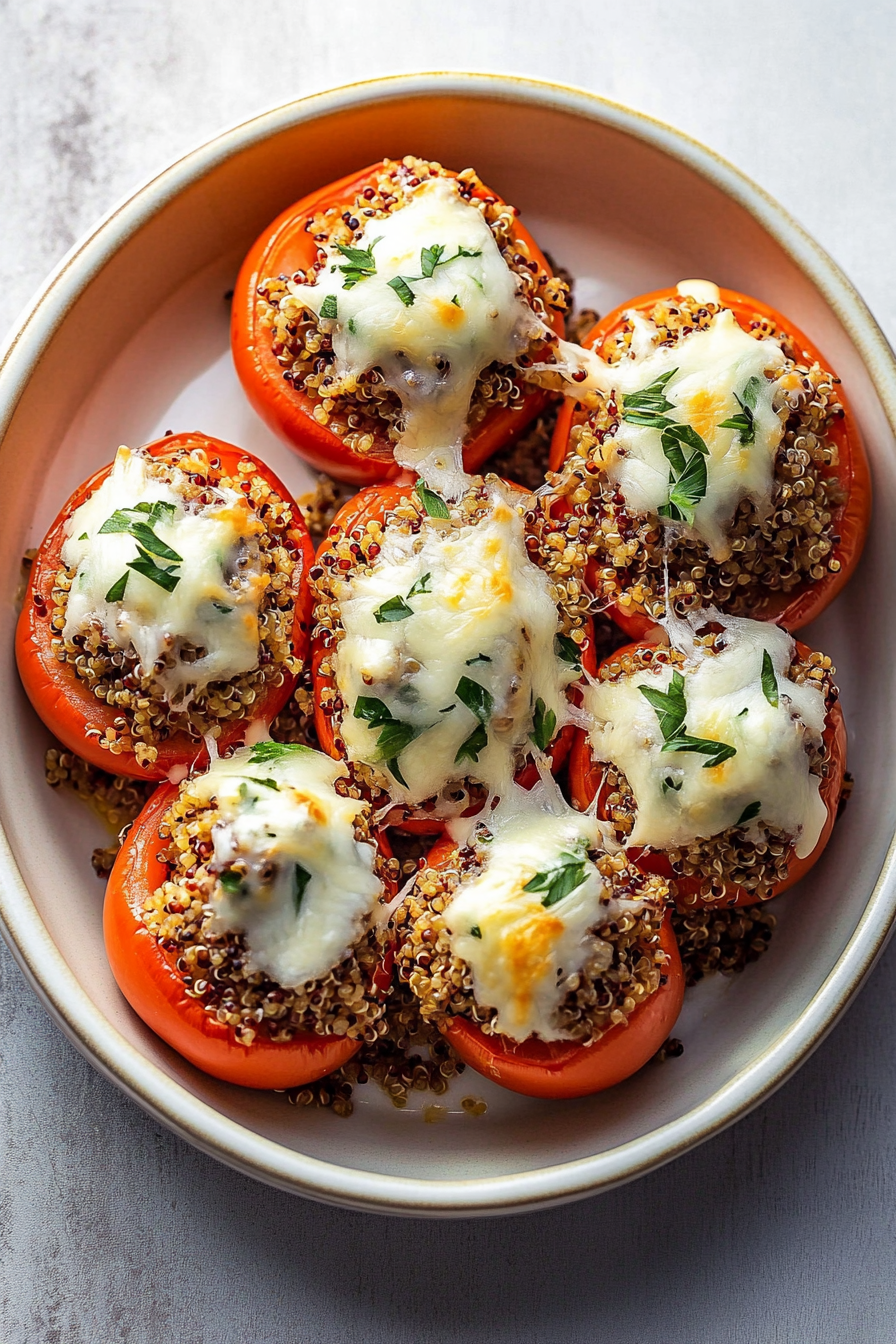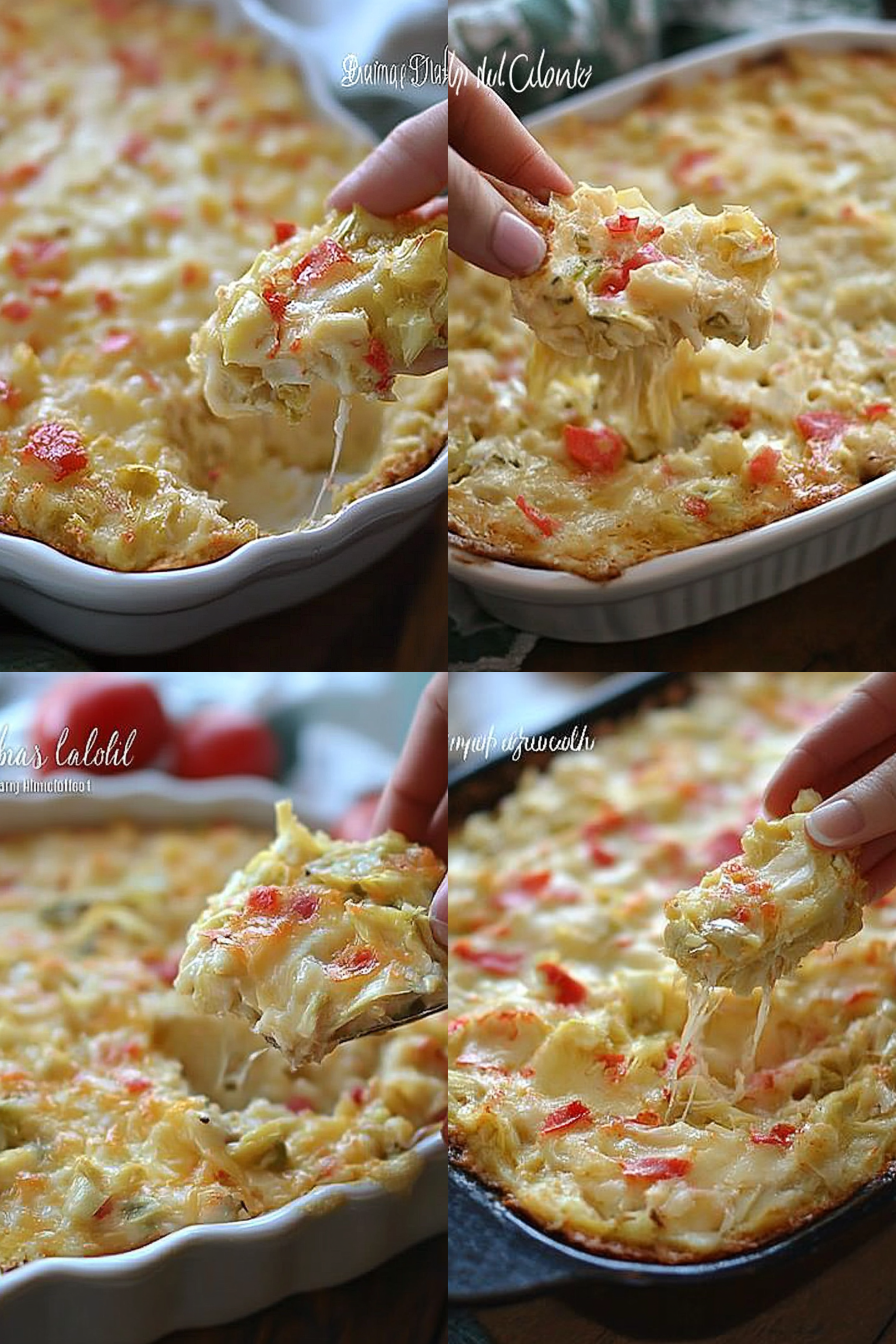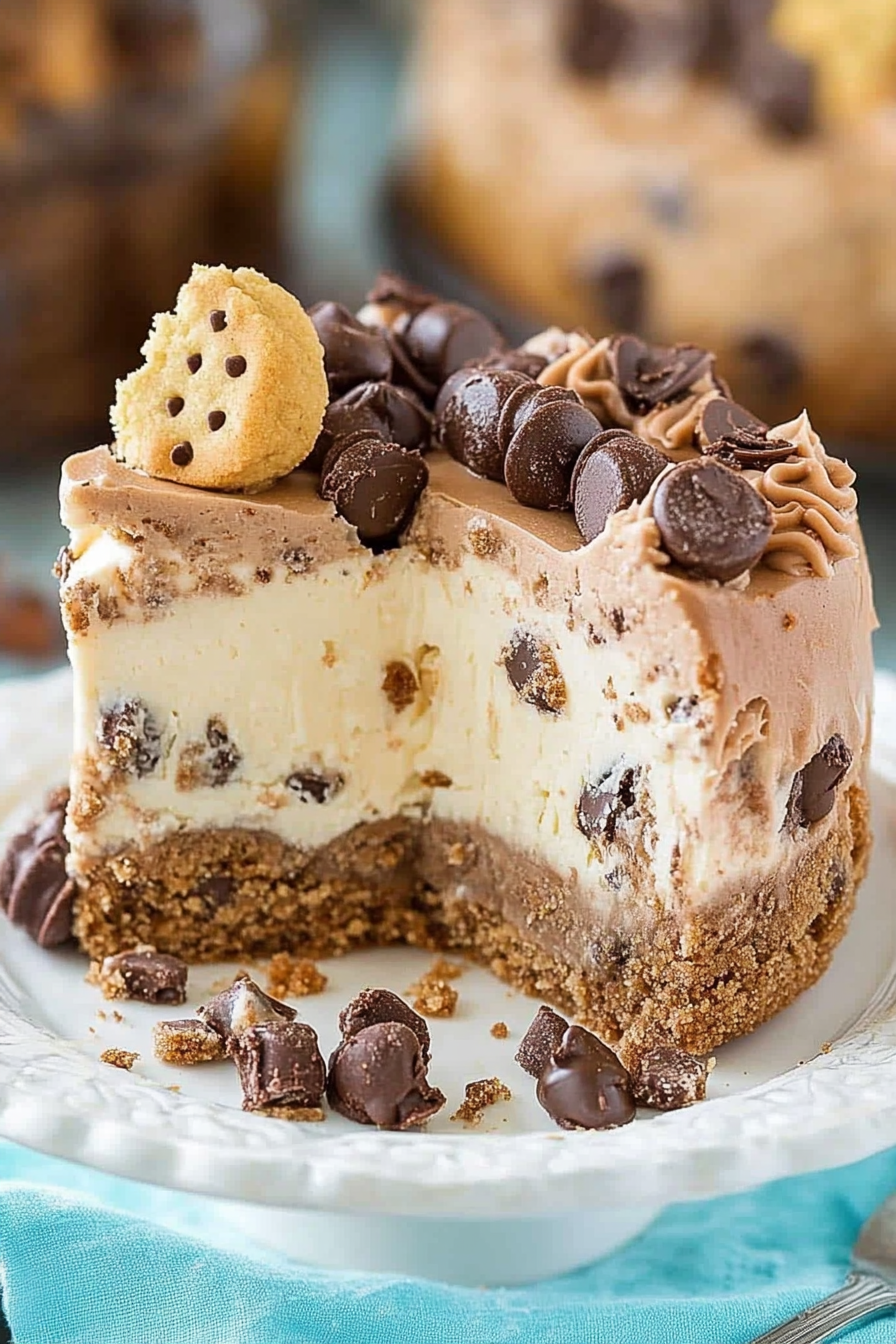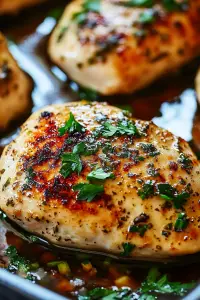In the quiet rhythm of a Sunday afternoon, the kitchen fills with lemon zest and vanilla perfume, and I’m suddenly transported back to my grandma’s smaller-than-life kitchen, where a piping bag stood in for a miracle and the air carried the promise of something sweet. This cannoli filling recipe is the heart of that memory: creamy, bright, and unmistakably Italian. It’s amazing how something so indulgent can feel so homey, a little swirl of luxury you can assemble in minutes and serve with a crostini of nostalgia. I’ve compared it to a silky cheesecake filling because it’s that same balance of sweetness and richness, but with a lighter, fluffier texture that begs to be stuffed into crisp shells. If you’ve got guests to feed or just want a little moment of joy after dinner, this filling delivers every time. I’ve used it for casual gatherings and holiday spreads alike, and I’ve learned a few tiny tricks along the way that keep it perfectly creamy and never overly sweet. This cannoli filling recipe isn’t just a dessert—it’s a small celebration in a bowl, ready to pair with crispy shells or even fresh fruit for a lighter twist.

What is cannoli filling?
Think of cannoli filling recipe as the creamy center of a beloved Sicilian tradition. It’s essentially a whipped ricotta-based mixture tempered with sugar, vanilla, and a kiss of citrus and spice. The name comes from the classic cannoli—the crisp pastry tubes that cradle this luscious filling. The goal is texture: airy and smooth enough to swirl without leaking from the shell, but sturdy enough to hold its shape when piped. It’s a simple concept that shines with personal touches: a pinch of cinnamon, a handful of mini chocolate chips, or a scattering of pistachios for color and crunch. You’ll often see it made ahead and lightly whipped again before serving to restore its velvet sheen. This filling is malleable—sweet enough to satisfy a dessert craving, but neutral enough to let your shell or accompaniments take center stage. It’s what makes cannoli so universally loved at family tables and festive gatherings alike.
Why you’ll love this recipe?
What I love most about this cannoli filling recipe is how forgiving it is without losing its charm. Flavor first: the ricotta base is bright and creamy, warmed by vanilla and a touch of citrus, then gently balanced by sugar and a whisper of cinnamon. Simplicity is a real winner here—mix, chill, and you’re almost done. It’s budget-friendly, too: ricotta and a few pantry staples come together for a luxe result that won’t break the bank. Versatility is the secret sauce. You can fold in mini chocolate chips for a familiar bite, pistachios for color and crunch, or a splash of orange liqueur for depth. It’s a lifesaver on busy nights—make the filling ahead, then just pipe into shells as guests arrive. My kids actually ask for seconds, confessing that the smell itself makes them swoon. I’ve even tested dairy-free twists with coconut cream and almond milk, and the result remains wonderfully creamy, just a touch lighter. This cannoli filling recipe is a reliable, comforting go-to that feels celebratory without requiring a circus of steps. It also plays nicely with espresso and dessert wines, turning a simple dessert into a small, elegant finale.
How do I make cannoli filling?
Quick Overview
Here’s the fast version: drain the ricotta until it’s barely moist, whisk with sugar, vanilla, and citrus zest until it’s smooth and airy, then fold in any add-ins you love. Chill the mixture so it thickens and flavors mingle. When you’re ready to serve, pipe the filling into crisp cannoli shells and, if you like, drizzle with a glossy chocolate glaze. The beauty is that you can tailor it in minutes—more vanilla for a softer perfume, more zest for brightness, or a pinch of cinnamon for warmth. This quick method keeps things simple, so you can enjoy the moment with friends and family rather than sweating in the kitchen.
Ingredients
For the Main Batter:
- 1 1/2 cups (340 g) whole-milk ricotta, well drained and pressed to remove excess moisture
- 1/2 to 3/4 cup (60–95 g) confectioners’ sugar, sifted, to taste
- 1 teaspoon pure vanilla extract (or vanilla bean paste for extra specks)
- 1/4 teaspoon ground cinnamon (optional but lovely)
- Pinch of fine salt
- 1 tablespoon heavy cream or milk (optional, for extra silkiness)
- 1/3 cup mini chocolate chips or finely chopped dark chocolate (optional)
- 1 teaspoon finely grated citrus zest (lemon or orange, optional)
For the Filling:
- Additional mix-ins: 2 tablespoons finely chopped pistachios, 1–2 teaspoons orange liqueur or Marsala (optional), or a pinch of espresso powder for a mocha note
- To create a marbled look, reserve a small portion of the filling and mix in melted dark chocolate before combining back in
For the Glaze:
- 3 ounces (85 g) dark or milk chocolate, melted with 1 teaspoon coconut oil or butter
- Optional: a light dusting of cocoa powder or chopped pistachios for garnish
Step-by-Step Instructions
Step 1: Preheat & Prep Pan
If you’re baking cannoli shells from scratch, heat your oven to 350°F (175°C). Line a couple of baking sheets with parchment. If you’re using store-bought shells, skip this step and set them out to come to room temperature so they’re crisp but not brittle. For the filling, start by resting the ricotta in the fridge and preparing a fine-mesh sieve to drain moisture; the less moisture you have, the fluffier the filling will be.
Step 2: Mix Dry Ingredients
In a small bowl, whisk together the powdered sugar, cinnamon, and salt. The dry mix helps you control sweetness and balance, so add a touch at a time, tasting as you go. A little more cinnamon can add warmth, but you don’t want it to shout over the vanilla. If you’re using espresso powder, whisk it in now so it dissolves evenly.
Step 3: Mix Wet Ingredients
In a separate bowl, beat or whisk the drained ricotta with the vanilla and citrus zest. If you’re after a silkier texture, you can whisk vigorously for a minute or two or give the mixture a quick pass through a blender to remove any small lumps. Add the heavy cream or milk if you’re aiming for extra creaminess. Finally, stir in the chocolate chips if you like little pockets of cocoa in every bite.
Step 4: Combine
Fold the dry ingredients into the ricotta mixture until just combined. Don’t overwork it—the goal is a light, airy filling that holds its shape in the shell. If the filling feels heavy, let it rest in the fridge for 15–20 minutes; this helps the flavors settle and makes piping easier.
Step 5: Prepare Filling
Taste and adjust the sweetness. If you want brighter notes, add a touch more citrus zest. If you’re hosting children, you might keep the vanilla a touch stronger for a familiar, comforting flavor. If you’re using marbling, fold in the reserved chocolate portion now, swirling gently with a spatula just a few times to create ribbons rather than a uniform mix.
Step 6: Layer & Swirl
For serving, spoon the filling into a piping bag fitted with a star or round tip. Pipe into each cannoli shell with a steady press, twisting as you go to avoid air pockets. If you’re not piping, you can use a small spoon and gently fill the shells, though piping gives a neater look and a uniform fill. A quick swirl on top with a dab of extra zest or a tiny pinch of pistachio adds a restaurant-worthy finish.
Step 7: Bake
For shells baked from scratch, bake shells until they’re deeply golden and crisp, usually about 8–12 minutes depending on thickness. Cool completely before filling to ensure the shells stay crisp. If you’re using ready-made shells, you’re already at the finish line—no bake time needed here beyond assembly. The key is crisp shells that don’t bleed moisture into the creamy center.
Step 8: Cool & Glaze
If you’re glazing the ends for a glossy finish, melt chocolate with a touch of fat until smooth, then dip the ends of the cannoli shells or drizzle over the filled shells. Let the glaze set for a few minutes at room temperature or refrigerate briefly to speed the set. A light scatter of chopped pistachios on the glaze adds color and crunch, making the dish feel extra special.
Step 9: Slice & Serve
Arrange the filled shells on a platter, dust with a touch of confectioners’ sugar, and garnish with citrus zest if you like. Cannoli are best served soon after filling, while the shells remain crisp. If you need to hold them for a bit, keep the shells and filling separate and assemble just before serving to maintain texture. This cannoli filling recipe shines as a centerpiece for a quick dessert or a light finale to a hearty Italian-inspired meal.
What to Serve It With
Creative serving ideas for different moods and occasions:
For Breakfast: Pair the cannoli filling with a strong espresso or cappuccino and use mini cannoli cups for a playful brunch presentation. A few fresh berries on the side brighten the plate and lighten the richness.
For Brunch: Set up a DIY cannoli bar with shells, the filling, chopped pistachios, candied orange peel, and a few drizzles of chocolate. It’s elegant, interactive, and a crowd-pleaser for weekend gatherings.
As Dessert: Serve a dozen shells arranged on a platter, dolloped with the filling and topped with a delicate dusting of cocoa or a mint leaf for color. A small glass of dessert wine or a cup of espresso makes a perfect pairing.
For Cozy Snacks: Keep shells and filling tucked in the fridge; fill shells as you crave a little sweetness. It’s a terrific after-dinner treat when you don’t want to bake a full cake but still want something special.
Personally, we always have a box of shells on hand for last-minute gatherings, and the filling is the thing that makes people smile and lean in for seconds. It’s a memory-delivery system, this cannoli filling recipe—and it travels well across occasions and ages alike.
Top Tips for Perfecting Your Cannoli Filling Recipe
Here are my best, field-tested tips to keep your filling flawless every time:
Ricotta Prep: Drain the ricotta thoroughly. The moisture is the villain here, making the filling heavy or runny. A cheesecloth-lined sieve in the fridge overnight is a game changer. If you’re in a hurry, lay a clean towel over the ricotta and press gently with a spoon to squeeze out extra moisture before mixing.
Mixing Advice: Whisk until you’re smooth and glossy, but stop before it gets too airy. Overmixing can start to break down structure and make the texture overly airy or “wet.” If you’re adding chocolate chips or pistachios, fold them in at the end to preserve the delicate texture.
Marbling & Swirl: For a subtle marble effect, reserve a small portion of the filling, melt a touch of chocolate, and fold it in lightly. Then combine with the rest and pipe as usual. The look is professional without extra effort.
Ingredient Swaps: If you’re dairy-free, swap in full-fat coconut cream for part of the ricotta, or use a dairy-free ricotta alternative. Taste and adjust sweetness as needed; dairy-free versions can be a touch sweeter to compensate for dairy-free milk differences.
Baking Tips: If you’re making shells, bake them on the middle rack to prevent scorching and rotate the pan halfway through. A bit of steam when shells are removed from the oven helps keep them pliable for shaping, but let them cool completely before filling to avoid crumbling.
Glaze Variations: The glaze is optional but fun for a glossy finish. You can add a teaspoon of cream to the melted chocolate for a creamier gloss, or swap in white chocolate for a lighter look. Sprinkle with crushed pistachios or citrus zest for extra flavor and color.
Lessons learned: the most reliable results come when you start with well-drained ricotta, taste as you go, and keep the filling cool until you’re ready to serve. A little patience with the chilling step, even just 15 minutes, makes a big difference in how the texture behaves when you pipe it into shells. I’ve made this dozens of times, and the moment when you see that perfect piped swirl, with a hint of chocolate ribbon and citrus glow, never gets old. It’s the small joy in every bite, and it’s why I keep returning to this cannoli filling recipe again and again.
Storing and Reheating Tips
Smart storage keeps that creamy, bright edge intact. Here’s how I handle it at home:
Room Temperature: The filling doesn’t hold well at room temp for long—best within two hours if you’re serving immediately. If you’re hosting, fill near serving time or keep the filling chilled until you’re ready to assemble.
Refrigerator Storage: Store the filling in an airtight container for up to 3 days. Give it a quick whisk before piping; a few gentle folds return the gloss and catch any stray lumps.
Freezer Instructions: For longer storage, freeze the ricotta-based filling (without the shells) for up to 1 month. Thaw overnight in the fridge, then whisk smoothly and taste for sweetness, adjusting as needed. If the texture seems a little grainy after thawing, a quick whisk or a short spin in a blender can refresh it.
Glaze Timing Advice: If you plan to glaze, apply it after the shells are filled or only right before serving to keep shells crisp. The glaze can soften shells over time, so plan accordingly if you’re making ahead.
In my kitchen, I always do a quick test batch for friends or family to gauge sweetness and texture. The goal is a filling that stays lush and light even after a few hours in the fridge—this cannoli filling recipe consistently hits that mark.
Frequently Asked Questions
Final Thoughts
This cannoli filling recipe isn’t just about a sweet finish—it’s about sharing a moment with someone you love. The way the vanilla breathes through the ricotta, the citrus notes that lift the richness, and the little crunch from your chosen add-ins all come together to create something that feels indulgent without being all-out heavy. It’s the kind of recipe that makes a weeknight feel like a celebration and a weekend feel like a quiet victory. If you’re new to making cannoli, start with store-bought shells and this filling, and then graduate to homemade shells when you’re ready to take the next step. I’d love to hear how you customize yours—what add-ins did you pick, how did you glaze, and which shells did you choose? Drop a comment, leave a rating, and tell me about your own variations. Happy baking!

Classic Cannoli Filling Recipe
Ingredients
Cannoli Filling
- 2 cups ricotta cheese strained
- 2 cups mascarpone cheese cool
- 2 cups powdered sugar
Optional Add-ins
- 4 ounces semi-sweet chocolate chopped
- 0.75 cup mini chocolate chips
Instructions
Preparation Steps
- In a medium bowl, gently fold together the drained ricotta cheese, mascarpone cheese, and powdered sugar until well combined. Be careful not to overmix, as mascarpone cheese can break down if overworked.
- Cover the bowl and chill the filling in the refrigerator for 2-3 hours to allow it to firm up.
- If using, melt the semi-sweet chocolate and dip the ends of the cooled cannoli shells into the chocolate. Gently shake off any excess chocolate and set aside on parchment paper to cool and set.
- To fill the cannoli, transfer the chilled filling to a piping bag fitted with a round tip or a Ziplock bag with a corner snipped off. Pipe the filling into the cooled cannoli shells, starting from one end and piping towards the other, filling from both ends to ensure they are fully packed. If you added chocolate, press mini chocolate chips onto the chocolate-dipped ends.
- Dust with powdered sugar just before serving for an extra touch.
Notes
Featured Comments
“Impressed! Clear steps and comforting results. Perfect for busy nights.”
“New favorite here — super easy. crowd-pleaser was spot on.”
“Super easy and turned out amazing! My family asked for seconds. Saving this one.”
“This sweet treat was absolutely loved — the zingy really stands out. Thanks!”
“Made it tonight and wow — family favorite! Will definitely make cannoli filling recipe again.”
“Packed with flavor and so simple. Exactly what I wanted from cannoli filling recipe.”


